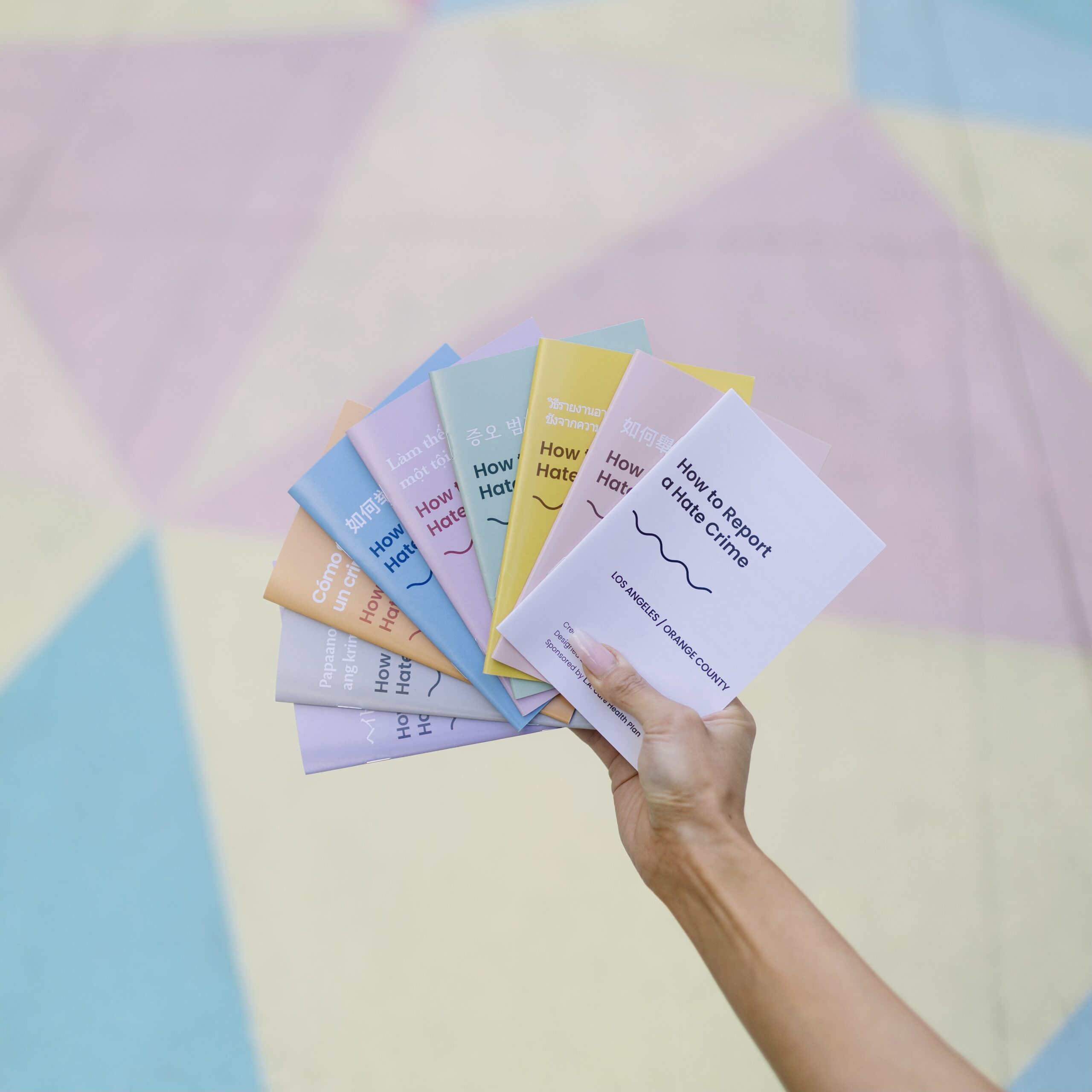I consider the San Gabriel Valley (SGV) an Asian melting pot. Growing up here meant that you were surrounded by the best Asian food (you would know when it was really good if the restaurant took cash only), boba was life, and your parents were most likely immigrants. For me and my friends, being a child of immigrants entailed silently dealing with being interpreters for our parents. I can’t tell you the countless times my mom pushed the phone to my ear out of nowhere to carry on a conversation with the cable company or to translate school flyers, even when she always had the Korean-English dictionary on hand. As I grew older, translating written material got more complex.
My mom immigrated to California with her siblings from South Korea in the 80s and was so excited to live in the country that promised so much hope and opportunity, where it was the “best” place to live. Shortly after, she married my dad, who was also new to the States, and they both learned quickly that they needed to assimilate to their new American environment to survive. We had the American flag posted on our car window and celebrated Thanksgiving with dry turkey and ham even when we preferred galbi and kimchi. From what I saw first hand, no matter how hard my parents tried, assimilating to American culture meant to be stripped of their pride, to be humiliated in public because of how they pronounced a word differently, to be mistreated, to stay silent, and to have to endure it all. Even through their hurt buried deep inside and their silent cries at night, my parents put on a happy face in front of me and my siblings.
When hate crimes against Asian Americans began rising amidst the COVID-19 pandemic, my parents and I once again struggled with being treated as an “other.” I couldn’t bear the thought of them becoming victims of hate when it seemed we had finally found our place in this country. I said to myself “not again and not to my parents” and asked myself how I could protect them when the government didn’t seem to care. The only way was to empower them by advising them on the steps necessary to stay safe, find support, and report the crime if they are ever physically assaulted.
I created the How to Report a Hate Crime booklet as a means for my parents to fight for their rights by utilizing the free resources that are already in place for these types of situations (i.e., victim compensation, mental health care, etc.). While researching all of this information to educate my parents about, I realized everything was written in English and there was nothing accessible to them in their native Korean language regarding these existing resources.
At the beginning of my research in April 2020, I called the LAPD Hate Crimes Division and learned that they had only received 7 reports of hate crimes that year. This small number did not accurately add up to reflect the personal stories I’ve heard from friends and community members. I realized then that the problem was underreporting due to a lack of language access and made it my mission to bridge that gap by creating a series of booklets called How to Report a Hate Crime.
Considering that the Asian population is the fastest growing racial group in America, and that there are over 4.6 million Asians who are not fluent English speakers, the ability to access resources and services provided by the state and federal government is a fundamental right that seems to be lacking in this community.[i] To serve the immediate need for my parents to know their rights – including that California has a penal code for hate crimes and that there are specific resources dedicated to support hate crime victims – I created a booklet for them in Korean. From there, people from different Asian communities started reaching out to ask how they could access this booklet in their parents’ native languages. The need was desperate when I first started this work and it still is now.
From a team of two, me and my graphic designer, the How to Report a Hate Crime team has grown to become a movement of 40, a true testament to community effort. Volunteers of various languages with immigrant parents/grandparents/loved ones, have readily and generously offered their skills, time and resources to address this common need. The shared experiences of witnessing our elders othered in America resonates deeply among us, moving us to empower our aging parents and pave a brighter future for the younger generations through peaceful action.
This little booklet of How to Report a Hate Crime has been published in 13 different languages and counting, with over 110,000 booklets printed nationwide. Its pages hold the cries of our community and empowers us to bring attention to our grievances; do you hear us now?
Endnotes
1 ABBY BUDIMAN AND NEIL G. RUIZ, Key facts about Asian Americans, a diverse and growing population, Pew Research, 4/29/21 https://www.pewresearch.org/fact-tank/2021/04/29/key-facts-about-asian-americans/; US Census Bureau American Community Survey, 2015.
